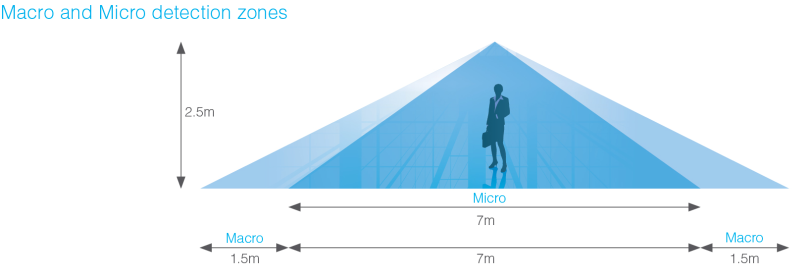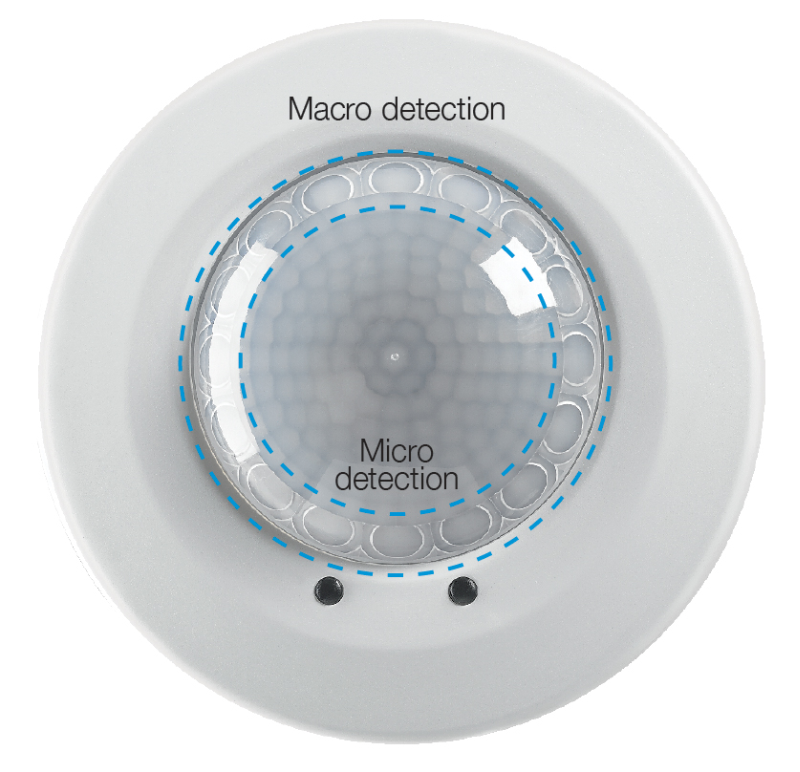 By Jason Ng, Marketing Communications Specialist at Ex-Or
By Jason Ng, Marketing Communications Specialist at Ex-Or
What do caffeine, noise and lighting all have in common? Each one has a significant impact on how focused and productive we are in the office. However, while the vast majority of companies take steps to ensure workers are not distracted by a noisy environment; lighting is one part of the office environment that is frequently overlooked.
First, the science bit. Data shows harsh or dim lighting, or workspaces solely lit by artificial means can stunt productivity levels in the workplace. A study by the American Psychological Association found poor lighting conditions can lead to worker cortisol levels significantly dropping, leading to higher levels of stress feeling of being sleepy1. Furthermore, a study from the Swiss Federal Institute of Technology, showed participants with access to daylight were significantly more alert after a full day than those who were exposed to artificial light over the same period2.
Although many companies look to comply with regulations and align themselves with the Chartered Institution of Building Services Engineers (CIBSE) LG series of lighting design guides, seen as a benchmark in the UK, others are shooting themselves in the foot – and potentially losing valuable hours every day – if they fail to optimise light levels for their staff.
The solution lies in leveraging modern technology and lighting design to create the best possible learning environment.
 Daylight harvesting
Daylight harvesting
In an ideal world we would be able to get all work done during daylight hours, with ample natural light coming in through the window. Of course, there are a thousand reasons why this is a challenge; building layout, shift workers and, short winter days to name a few. Daylight harvesting is a solution that is used to offset the amount of artificial lighting needed to properly light a space.
By investing in lighting controls, which often involve the use of sensors, companies can dim or switch off artificial lighting automatically in response to daylight availability. This allows companies to ensure their employees aren’t exposed to high levels of artificial lighting throughout the day with the added bonus of reducing energy consumption.
Daylight harvesting systems need to be correctly designed for best results versus user comfort and ensuring the correct minimum illumination levels are met. Currently the best way to address this is to base daylight harvesting design and outcomes on Climate Based Daylight Modelling (CBDM) and Daylight Indexing (DI).
 Lighting Controls
Lighting Controls
Lighting controls, with features such as lens tilting allow for installation and commissioning flexibility as the detection zone can be adjusted to accommodate location and pre-existing structures, such as HVAC vents or pipes. Additionally, high definition lenses with micro and macro detection capabilities guarantee lighting is always on when required and more importantly, off when not. The sensors employed are sensitive enough to detect very small movements such as typing, thus allowing facility managers to set shorter time delays, further maximising energy savings.
Additionally, performance optics and corresponding software, which can help companies to adjust and tune lighting levels throughout a space or duplicate it throughout a building, help to quell worker unproductiveness by providing the dual benefits of a comfortable and well lit environment as well as energy efficiency and cost savings. Moreover, it’s important that no work lighting environment is completely automated. These solutions allow employees to further adjust lighting conditions to meet their need, for example if there is a presentation and lighting needs to be dimmed so participants can see the screen.
Looking Ahead
As a next step companies need to look to schools as an example of how they can help address and standardise lighting, ensuring the right lighting levels are implemented to ensure optimal worker productivity. The ATL, the union for education professionals across the United Kingdom, stipulates that any room used for teaching must be lit by natural and/or artificial light with 300 lux or more at any point on the work surface, usually appropriate in classrooms, libraries and halls. Additionally, the ATL also notes that Illumination must not be less than 500 lux where visually demanding tasks are carried out, for example, in laboratories.

